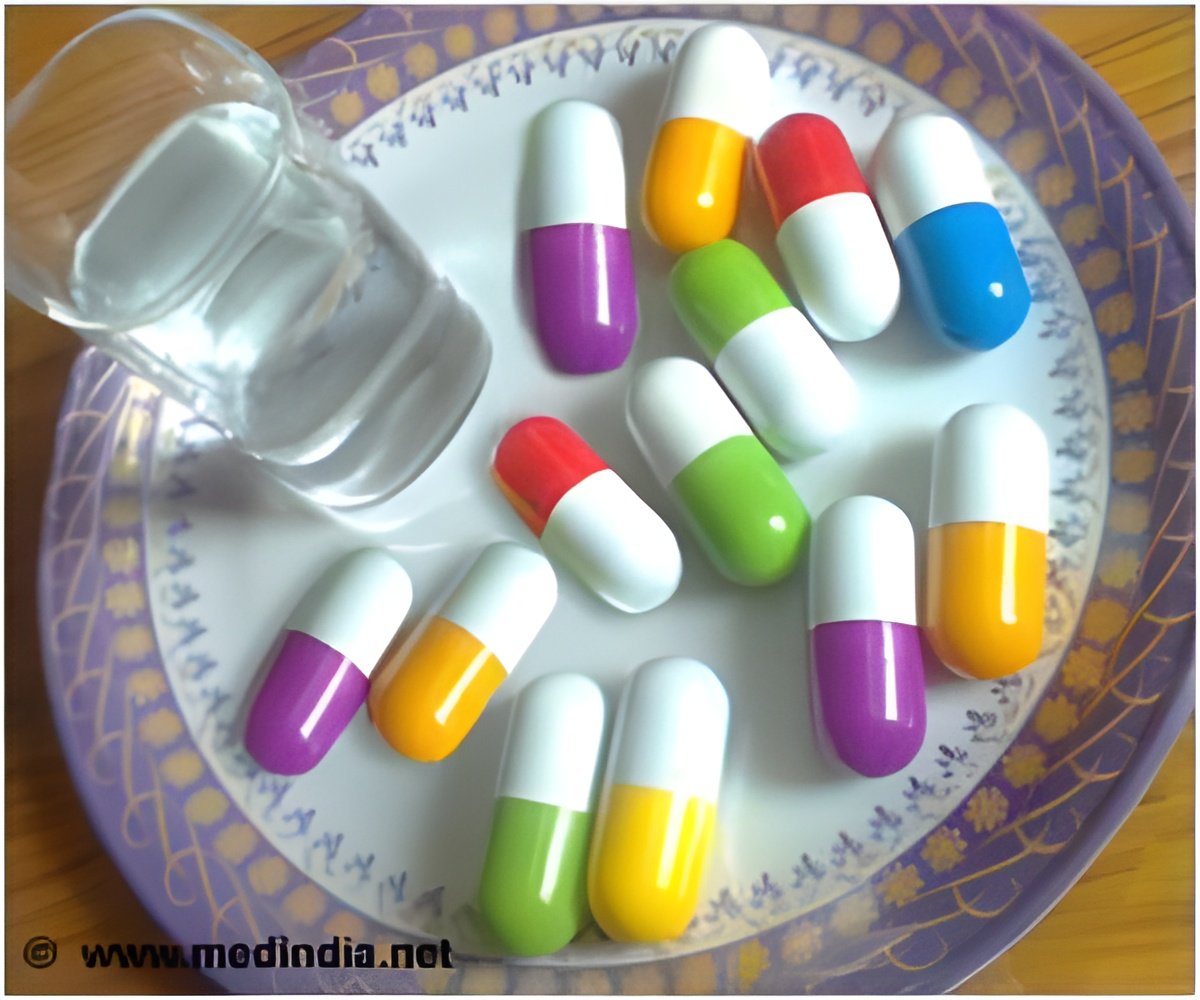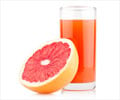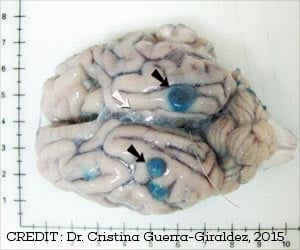Better understanding of drug interactions which are a major cause of hospitalization and illness world-wide has been inspired in scientists by baker's yeast.

This limitation has caused researchers to turn to simpler model organisms in which to study drug interactions, enabling systematic study of drug interactions at relatively low cost, according toresearchers at the Lunenfeld-Tanenbaum Research Institute at Mount Sinai Hospital in Toronto. Dr. Frederick Roth and international colleagues published their findings after testing drugs on the simple yeast Saccharomyces cerevisiae, also known as brewer's yeast or baker's yeast.
Surprising effect
"Baker's yeast is a wonderful tool for this purpose," says Dr. Roth. "Many aspects of both yeast and human genomes have remained the same since they diverged from a common ancestor around one billion years ago. When a specific combination of drugs has a surprising effect on yeast growth there is no guarantee that it will do the same thing tohuman cells. But it does give us a general idea of how often drugs are able to enhance or suppress each other's effectiveness." Dr. Roth is a Senior Investigator at the Lunenfeld-Tanenbaum and a Professor at the University of Toronto's Donnelly Centre. He also holds a Canada Excellence Research Chair in Integrative Biology.
For this first test, the team worked with anti-fungal chemicals in a total of 440 drug pairs. They found that, in almost one fifth of the combinations, one drug reduced the effectiveness of the other drug. They also found that some drugs can have a greater tendency to suppress other drugs, while other drugs are more frequently suppressed. The same team published a related study in 2011, showing that for about one third of drug pairs tested the compounds increased each other's effectiveness. "If drug interactions are happening at anything approaching these rates in humans, we should be very concerned," Dr. Roth adds.
When one drug suppresses the effectiveness of another drug, "the patient is losing benefit from one or both drugs, while still potentially being exposed to their side effects," Dr. Roth adds. When a drug combination has an effect that is more than the sum of its parts, the patient might get too much of a good thing, and it is possible for drugs to intensify each other's toxicity as well.
Advertisement
Advertisement












